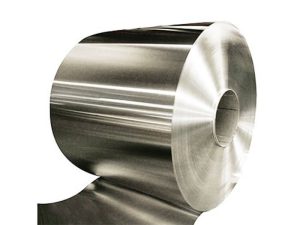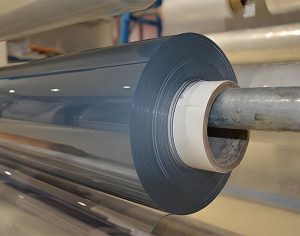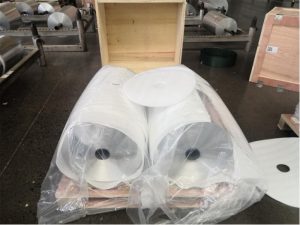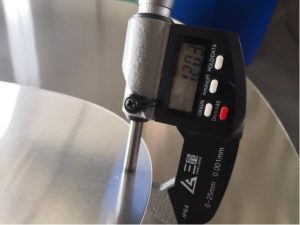Introduction to 1100 Aluminum sheet & plate
The 1100 aluminum sheet and plate belong to the commercially pure wrought family with a minimum of 99.0% aluminum. This grade is known for its superior corrosion resistance, electrical conductivity, and thermal conductivity. Its characteristics make it highly suitable for various industrial, architectural, and decorative applications. Here’s an introduction covering its properties, applications, and fabrication considerations:
Properties
- Purity: The high aluminum content (99.0% minimum) grants it excellent corrosion resistance, making it durable in various environments.
- Formability: 1100 aluminum can be easily formed into various shapes, making it versatile for different manufacturing processes.
- Weldability: It exhibits excellent weldability with most welding techniques, although strength at the weld points may be lower than other areas.
- Conductivity: Known for having the highest thermal and electrical conductivity among aluminum alloys, making it ideal for applications requiring these properties.
- Strength: While it is not the strongest of aluminum alloys, its strength can be increased through cold working. However, it cannot be heat treated to increase strength, unlike some other aluminum alloys.

Fabrication Considerations
- Cold Working: 1100 aluminum is highly ductile, making it suitable for forming processes. It hardens more slowly than other alloys, allowing for extensive shaping.
- Welding: It is considered excellent for welding, can be easily welded with various techniques like TIG, MIG, and resistance weldingbut the technique and filler material should be chosen carefully to ensure the integrity of the weld.
- Anodizing: While it can be anodized to increase surface hardness and protection, the resulting finish may not be as uniform or durable as with other aluminum alloys.
Specifications of 1100 Aluminum sheet & plate
| Alloy |
Temper |
Thickness (mm) |
Width (mm) |
Length (mm or Coil) |
Surface Finish |
Standard Specification |
| 1100 |
O, H14, H24, H18 |
0.20 to 6.0 |
20.0 to 2,600 |
1,000 to 4,000, or Coil |
Mill Finish |
GB/T 3880, ASTM B209 |
Mechanical Properties:
| Temper |
Ultimate Strength Rm/MPa |
Yield Strength Rp0.2/MPa |
Elongation Min. % |
| O |
88 |
29 |
32 |
| H14 |
130 |
110 |
8.2 |
| H24 |
130 |
110 |
3.9 |
| H18 |
170 |
150 |
5.5 |
Chemical Composition:
| Element |
Aluminum (Al) |
Silicon (Si) |
Iron (Fe) |
Copper (Cu) |
Manganese (Mn) |
Zinc (Zn) |
Remainder Each |
Remainder Total |
| Percentage |
>= 99 % |
<= 1.0 %(Si+Fe) |
<= 1.0 %(Si+Fe) |
0.050 – 0.20 % |
<= 0.050 % |
<= 0.10 % |
<= 0.050 % |
<= 0.15 % |
Physical Data:
- Density (20°C): 2,710 kg/m³
- Melting Point: 643°C
- Thermal Expansion (20°C ~100°C): 24 µm/m-K
- Modulus of Elasticity: 69 GPa
- Thermal conductivity (Temper O): 220 W·m-1·K-1
- Electrical Resistivity (Temper O): 0.0292 x10^-6 Ω·m
- Conductivity (Temper O): 59 %IACS
These specifications make 1100 Aluminum suitable for various applications, including general use, chemical, food and beverage, ornamental, and thermal applications.
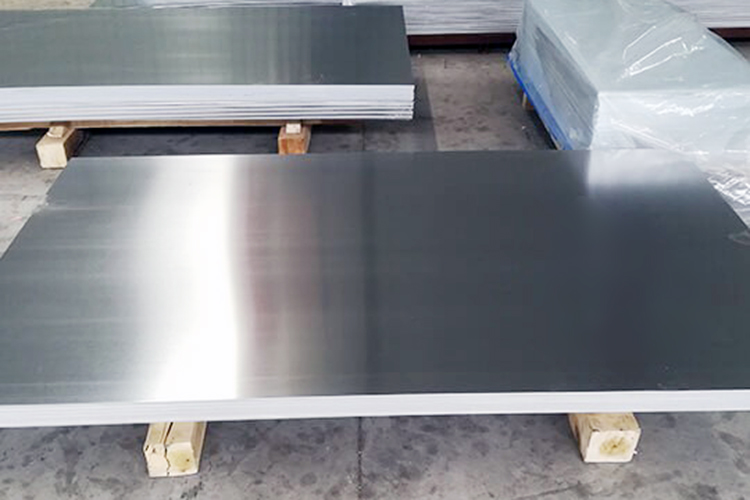
Common applications for 1100 aluminum sheet & plate
The 1100 aluminum sheet and plate are widely used due to their excellent formability, corrosion resistance, and electrical conductivity. Here are some common applications:
1. Food & Chemical Industry
- Cookware and kitchen equipment: Due to its excellent resistance to corrosion and safety in contact with food.
- Chemical equipment: Its resistance to chemical attack makes it suitable for containers and pipelines in chemical processing plants.
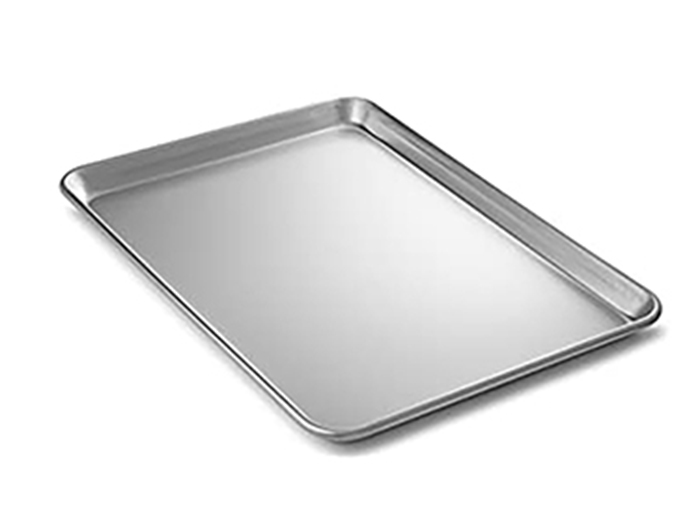
2. Electrical & Thermal Applications
- Electrical conductors: The alloy’s high electrical conductivity is ideal for use in electrical cables and conductor materials.
- Heat exchangers and cooling systems: Benefiting from its excellent thermal conductivity, 1100 aluminum is used in applications requiring efficient heat dissipation.
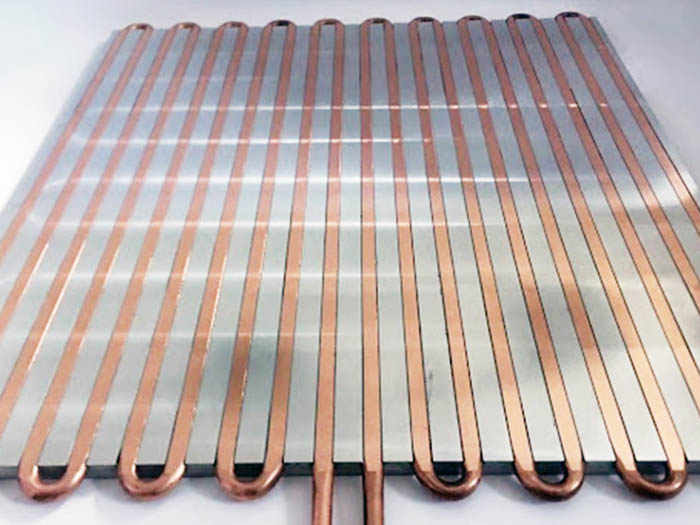
3. Architectural & Decorative
- Building facades and roofing: Its corrosion resistance and aesthetic appeal make it suitable for external architectural elements.
- Interior design: For decorative features, including wall panels, lighting fixtures, and other interior accents where its appearance and resistance to oxidation are valued.

4. Packaging
- Food packaging and containers: Its non-toxicity and corrosion resistance make it safe for direct contact with food, useful in food packaging industries.
5. Automotive and Transportation
- Nameplates and industrial insulation: Its durability and formability are beneficial for creating nameplates, while its thermal properties are advantageous for insulation applications.
- Reflectors: Utilized for its reflective properties in lights and lamps.
6. Printing and Signage
- Printing plates: The alloy’s surface can be treated to create a fine grain that holds ink evenly, making it suitable for lithographic printing.
- Signs and billboards: Its ability to withstand environmental conditions makes it a good choice for outdoor signage.

7. General Manufacturing
- Spun hollowware: Highly formable, it’s used to create detailed, spun or deep-drawn hollowware like pots, pans, and decorative items.
- Ductwork and HVAC components: Its excellent formability and corrosion resistance make it suitable for heating, ventilation, and air conditioning components.
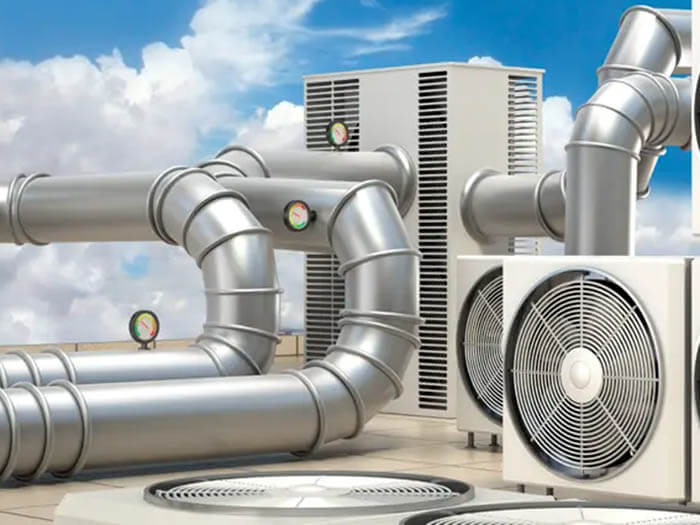
Choose the right thickness and size of 1100 Aluminum sheet & plate for your project
Choosing the right thickness and size for your 1100 Aluminum sheet and plate depends on the specific requirements of your project. Here are some factors to consider:
Project Requirements:
- Structural Support: If the aluminum sheet is being used for structural purposes, a thicker size would be more appropriate.
- Aesthetic Appeal: For decorative applications, the thickness may vary based on the desired appearance.
- Formability: Thinner sheets are more malleable and easier to form into complex shapes.
Common Thicknesses:
- Thin Sheets: Typically range from 0.2 mm to 3 mm. Suitable for applications requiring high formability.
- Medium Sheets: Range from 3 mm to 6 mm. Offer a balance between strength and formability.
- Thick Plates: More than 6 mm. Used for applications requiring high strength and minimal bending.
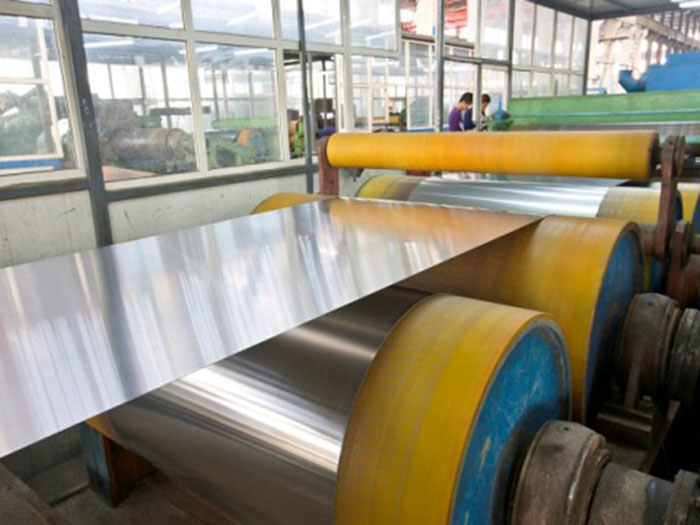
Size Considerations:
- Standard Sizes: Aluminum sheets come in standard sizes, but can also be cut to custom dimensions.
- Waste Minimization: Choose a size that minimizes waste based on the layout of your parts.
Temper Selection:
- Soft (O): Highly formable, suitable for intricate designs.
- Semi-hard (H14): Good balance of formability and strength.
- Hard (H18): Less formable, higher strength.
Finish Type:
- Mill Finish: Common for functional applications.
- Polished Finish: Preferred for decorative purposes.
